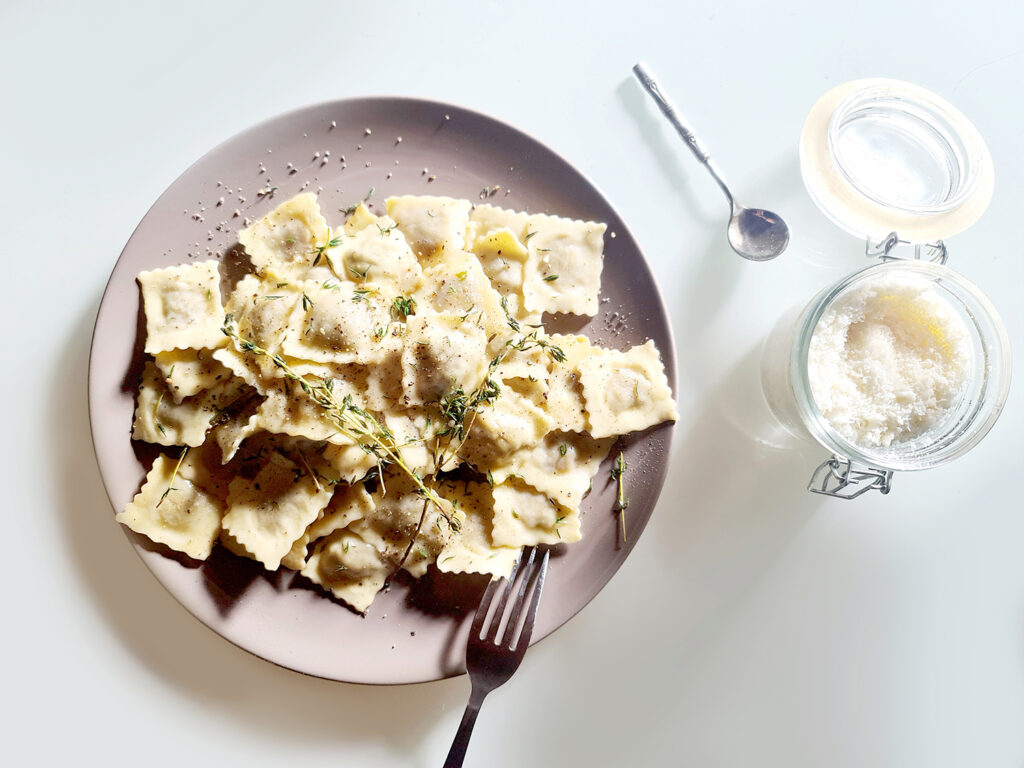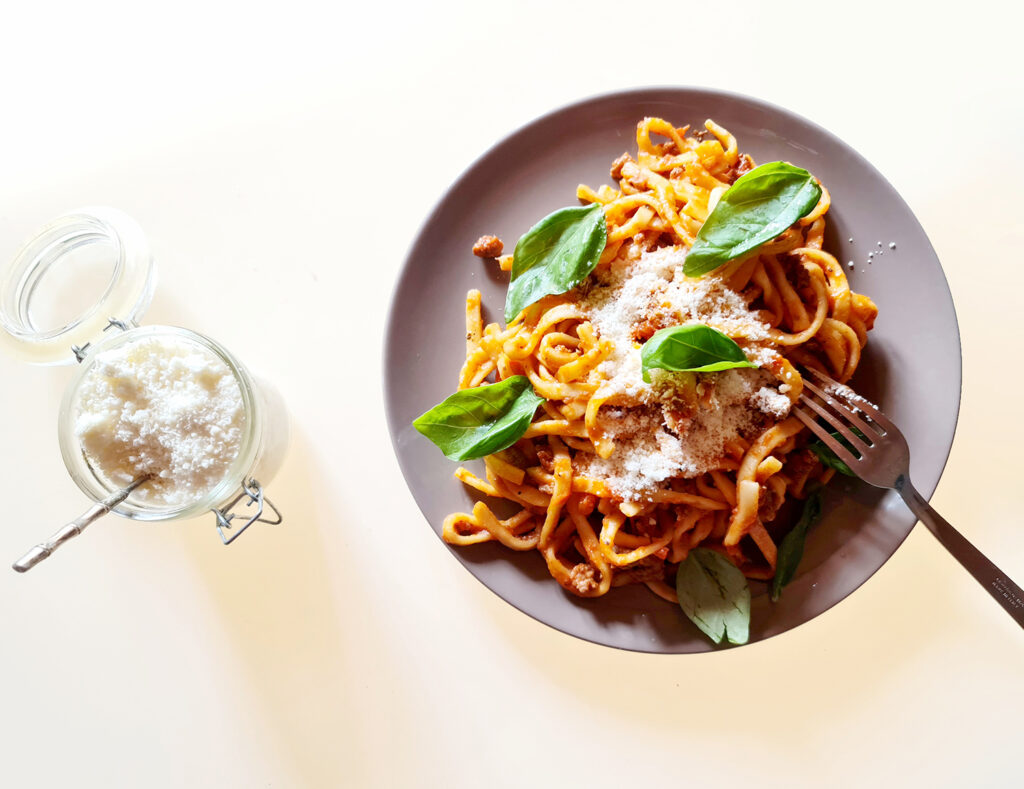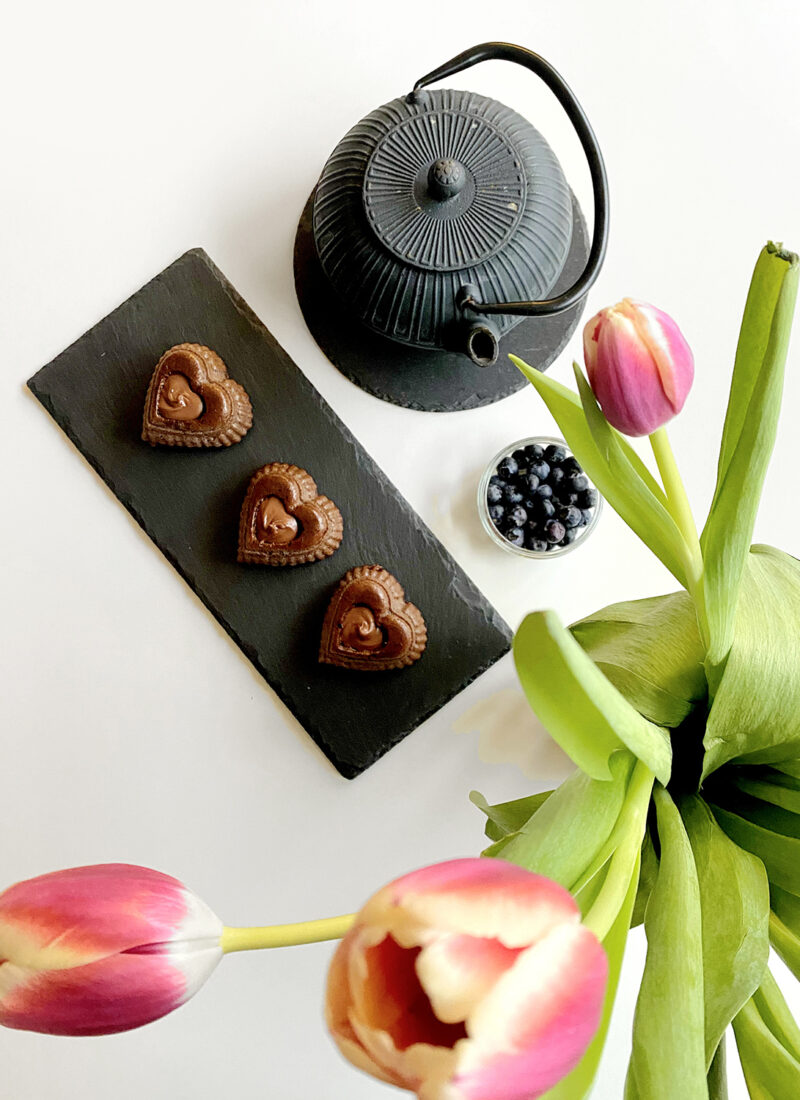Imagine strolling through the streets of Italy, surrounded by the irresistible aroma of fresh pizza, pasta, and pastries—foods traditionally associated with weight gain and thus largely avoided by fitness and healthy eating champs globally. Yet, if you look around, you’ll notice that the locals enjoying these carb-rich meals and delicacies day-to-day are predominantly slim, good-looking, and vibrantly healthy. This striking paradox first piqued my curiosity to discover the Italian secret. First, when spending summers in Italy in my teen years. Later, it continued when I came to Italy to complete my Master’s Degree. And up until now, after I finally permanently moved to Italy a few years back.

Therefore, it is no wonder I became determined to investigate the Italian secret hands-on. My main question was: How could a nation so devoted to bread, pasta, and other carbohydrates defy the common struggles with weight that plague many other societies? But most importantly, I wanted to see how I could “borrow” Italian secrets to staying slim and healthy while enjoying Italian cuisine to its fullest. Because I’ve been a lover of traditional Italian food all my life. Hence, subsequent years of living here have turned into a delightful investigation into this mystery, with plenty of discoveries and insights I’m about to share with you today.
The Italian Paradox – My Story
But first, here’s another intriguing fact.
When I first moved to Italy to Study for my Master’s, naturally, I brought my old food habits with me. I had academic goals and knew I was there just temporarily, so I focused fully on my studies and continued to eat as I used to at home, but with occasional pizzas, pasta, and focaccias. Eventually, I gained some weight that year.
After moving here for the second time, however, I found myself craving all my favorite authentic Italian dishes. I indulged in them without worrying about counting calories. That continued for months, during which I was already trying to assimilate, absorb, and copy the Italian lifestyle and food habits to every bit of it. Until one day, about 6 months in, I was caught up by an unexpected turn. To my astonishment, I suddenly realized that despite all odds and without even trying or noticing it – I actually managed not to gain but to lose weight! And if that was not wild enough, here’s more – I was actually able to shed those stubborn extra pounds that I had struggled with for years.
Unveiling Italian Secrets
At that point, my desire to unveil the Italian secret and master the principles that gave me that amazing result grew even stronger. It was already more than just a curiosity. I needed to know. So, I started to track and analyze the patterns, from dinners with my Italian colleagues and friends to casual observations in city cafes, as well as my own experience. I’m about to lay down all those insights I’ve gathered all the way. These observations are backed by some research I’ve conducted on the subject to unravel the seeming contradiction between the Italian diet and the svelte Italian physique. I hope my story has given you too enough motivation to keep reading. So let’s get into it.
1. The Digestive Benefits of Enjoyment
In Italy, there’s a profound belief that the pleasure derived from eating enhances both the experience and the nutritional benefits. For Italians, eating is as much about community and pleasure as it is about nourishment. Each meal is an event, an opportunity to connect with others and enjoy life. That transforms eating from a mundane task to a deliberate part of the day and a topic of vivid discussions afterward. This cultural approach makes people treat food graciously. It minimizes mindless snacking and emphasizes enjoying food at the right times.

2. Eating Routines That Make The Difference
One of the main secrets is that Italians “only eat when they eat”—meaning that if you’re not at the table during a typical mealtime, you don’t eat. No exceptions. There are no cookies, snacks, nuts, crispbreads, juices, or smoothies around in Italian offices or homes. This approach is completely opposite to the snacking culture endowed by many other countries. In fact, if you count the calories in the number of snacks consumed between meals, it may easily add up to a plate of Italian pasta or even more. In a one-and-a-half-hour lunch, it’s physically impossible to consume as much junk food as you might from 9 AM to 8 PM dinner (10 hours!) snacking. Thus, the “long” Italian lunch is a comparatively small “window” of one and a half hours compared to allowing yourself to eat all day until dinner.
This approach is deeply rooted in Italian cultural DNA from early childhood. Italians eat at certain hours of the day, dedicating enough time to meal intake (1.5-hour lunches and even longer dinners). So they never bother to snack outside of those hours. It was hard for me at first to get used to this rhythm. Yet, once I did, the benefits I experienced were just endless!
3. A Lesson in Portion Control

From the outside, it might seem that Italians do nothing but eat. However, here, we have already dispelled that myth. It’s all about how they eat. They enjoy their food so much, eating beautifully, slowly, and deliciously, praising the food, and discussing their meal with colleagues for the rest of the afternoon in the office. It is because of their attention to food it might seem like they eat for 20 hours a day. But in reality, they typically have only three meals daily – a very small breakfast (yogurt, cereal, or a cappuccino with a croissant) and a full lunch and dinner.
Now, what about the portions of that meal? Contrary to common beliefs, the portions of food Italians consume are surprisingly modest. I experienced firsthand the art of portion control over numerous dinners with Italian friends, families, and co-workers. Take this example – a standard pasta serving (primo) in Italy contains about 3 oz of dry pasta or less. This amount is considerably undersized compared to countries like the US, for instance, are accustomed to. This practice of moderate portioning allows Italians to relish their meals without consuming excessive calories.
4. Quality Over Quantity

Quality is a cornerstone of Italian cuisine. I’ve been amazed at how fresh, local, and seasonal ingredients are woven into everyday meals. Living in Italy, I’ve gotten used to cooking with the freshest ingredients and always preparing meals for immediate consumption. Like picking tomatoes in my local farmers’ market to prepare with home-grown basil leaves from my window seal. Examples like that highlight why high-quality ingredients are more satisfying and flavor-packed, negating the need for large portions. There were times I would eat the same type of my fav pasta three days in a row. But it never occurred to me to cook three portions at once and reheat them. Each day, I cook from scratch, ensuring every meal is as fresh and flavorful as possible.
5. The Role of Physical Activity
My daily life in Italy involves a lot of walking, from historical city tours to meandering through open markets. This integration of physical activity into daily routines is common here and helps balance the carbohydrate intake, supporting overall metabolism and health.
6. Coffee Culture: The Italian Way
Another interesting aspect of Italian habits that caught my attention is their unique approach to coffee. The secret is that Italians drink only strong black coffee throughout the day, along with plenty of water. The typical Italian coffee, known as caffè, is just 1oz. Over many years, I have rarely seen Italians order anything else. The exception is breakfast before 11 AM, when it is acceptable to have a cappuccino or latte with a croissant, which is considered a breakfast here. Similar to cereal with milk, where the croissant is the cereal, and the cappuccino is the milk.
Lunch in Italy invariably ends with a strong coffee. Italians believe that it aids digestion. Whether this is true or not, I’m convinced that the act of finishing with a coffee by itself is a great habit. It signals to the brain that the meal, which may last 1.5 hours, has ended. It’s a wonderful alternative to the desserts that many other cultures consume to conclude a meal.
7. The Ritual of Drinking Water
During meals, Italians drink water—still, non-carbonated water. It’s a staple on every dining table. At lunch or dinner, they might also enjoy a glass of wine or beer, but water is always present. While Italians do enjoy drinks like Aperol Spritz and sweet cocktails, they usually reserve them for specific occasions and never consume them with main meals. Instead, there’s a concept called “aperitivo”. It consists of light appetizers like chips, olives, and tiny slices of pizza, served with a cocktail. This isn’t considered a full meal but rather a way to keep the hands busy and stimulate conversation before dinner.
8. Pasta Comes Al Dente For A Reason

One key aspect of Italian cuisine is the preparation of pasta al dente. This means cooking pasta until it is firm to the bite. But did you know that such a way of cooking pasta contributes not just to the taste of Italian pasta dishes? Yes, it enhances the texture and flavor, but also results in a lower glycemic index compared to overcooked pasta. A lower glycemic index helps to prevent rapid spikes in blood sugar levels. That leads to more stable energy release and reduced hunger cravings. This small but significant detail contributes to the overall health benefits of the Italian diet.
Summing up notes
Through these observations and experiences, I’ve come to understand the secrets behind the Italian ability to maintain a healthy and vibrant physique despite a carb-rich diet. Studying the Italian lifestyle certainly offers a captivating blueprint to follow. The secret lies not in stringent dieting or exhaustive exercise regimes but in a cultural ethos that values the pleasure of eating and mindful portion control. Italians eat slowly and with gratitude, savoring high-quality, fresh ingredients in modest amounts. They adhere to a strict routine that minimizes snacking. Italian meals are communal events that enhance both social bonds and digestive health. Physical activity is seamlessly integrated into daily life, and coffee and water rituals further support a balanced diet.

By adopting these Italian principles, I was able to find my way around eating my favorite food and staying fit and healthy. Following these principles allowed me to seamlessly achieve enviable results. Therefore, I’m sharing my experience with all Italian food lovers and beyond. I truly hope to encourage you to embrace the art of Italian eating and discover a harmonious relationship with food that fosters health and happiness.





Leave a Reply